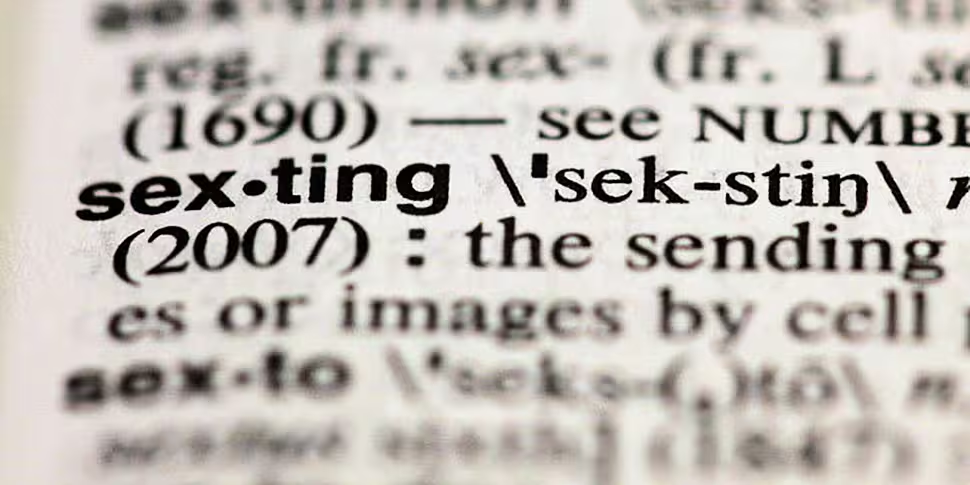Research has found that Irish teenagers are amongst the fourth highest in the European Union for sexting.
The study shows that boys of a lower socio-economic background are more likely to engage in the practice of sending sexually explicit photos or messages via a mobile phone.
Over 25% of secondary school students acknowledged sending or receiving sexts, according to an international academic at an Anti-Bullying Research Centre conference in Dublin.
It also found that teens are unaware of the dangers of sexting and cyber-bullying - and some believe sexting to be a 'normal' part of growing-up.
More than 4.4% of Irish boys and 1.6% of girls aged 11-16 engaged in the behaviour.
It also found that teenagers who scored highly on the spectrum of 'sensation seeking' and 'risk-taking' were more likely to take part in sexting.
"Significant adverse impact" on victims
Delegates at the conference in Dublin City University (DCU) heard that sexting was more frequent amongst 14 to 17-year-olds, and that over 25% of students from a survey of 300 post-primary Irish schools acknowledged sexting.
Dr James O'Higgins-Norman, director of the Anti-Bullying Research Centre, said: "One of the reasons why Irish youth score so high in terms of sexting is related to a lack of a coherent relationships and sexualities education (RSE) programme in schools."
"It is estimated that up to 50% of schools in Ireland do not deliver appropriate RSE and when it is delivered it can be formal and focus too much on disease, crisis pregnancy and other negatives instead of emotions and other complexities related to sex."
Dr Sheri Bauman, an expert in peer victimisation and cyber-bullying, highlighted that teens were often unaware of the dangers of sexting - and that images were shared between romantic partners or hoped-for romantic partners in an effort to prove a commitment or get attention.
However, once images were shared without consent or knowledge it became cyber-bullying with "a significant adverse impact" on the victim.
Cyber-bullying
Teenagers who had been victimised via sexting and cyber-bullying were more likely to exhibit symptoms of anxiety, depression or Post-Traumatic Stress Disorder (PTSD).
The conference also heard that support was vital and that helping the victim overcome the experience was especially challenging in sexting cases, as the victim had to deal with emotions including personal embarrassment and an ongoing fear of images impacting on future events - such as college, career and relationships.
Delegates heard that almost 24% of 13 to 25-year-olds in the UK had experienced cyber-bullying and of those, the same number had engaged in self-harm; 26% confirmed they had considered taking their own life and 12% had made an attempt to do so.
Overall, Sweden recorded the highest rate of sexting with 12.9% of 11 to 16-year-olds engaged in the practice - while the lowest was Bulgaria with 0.9%.









